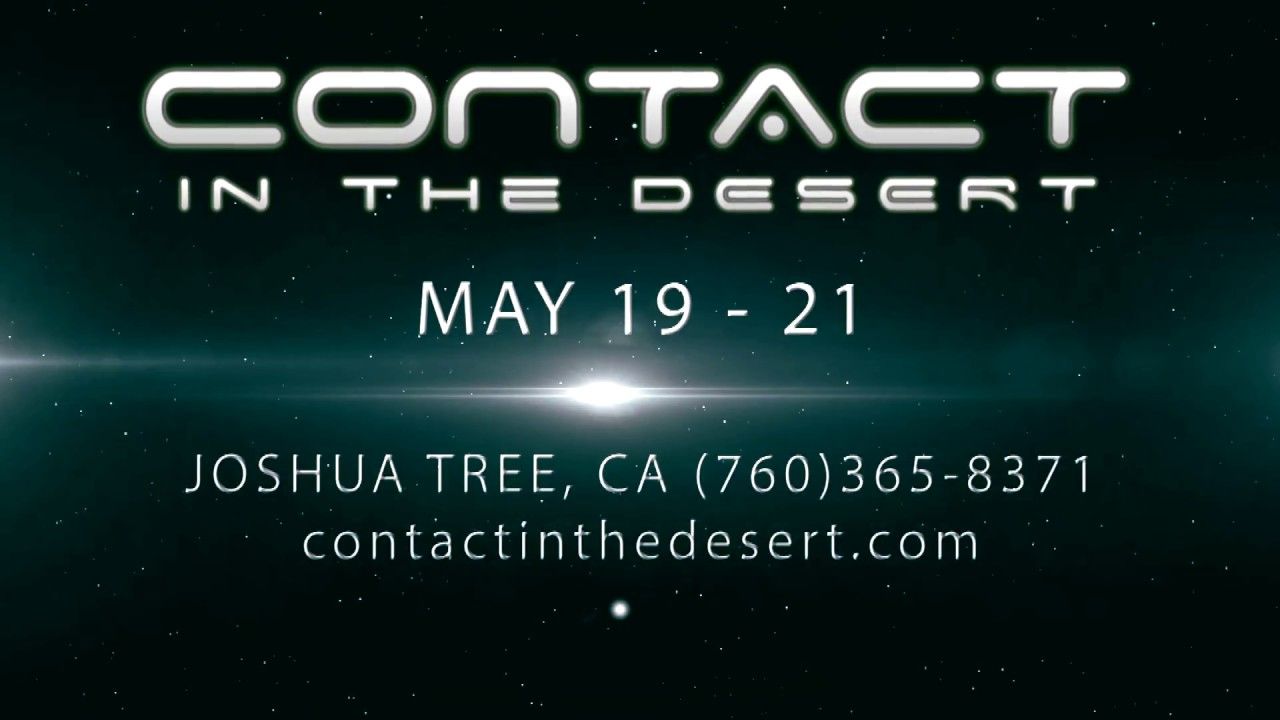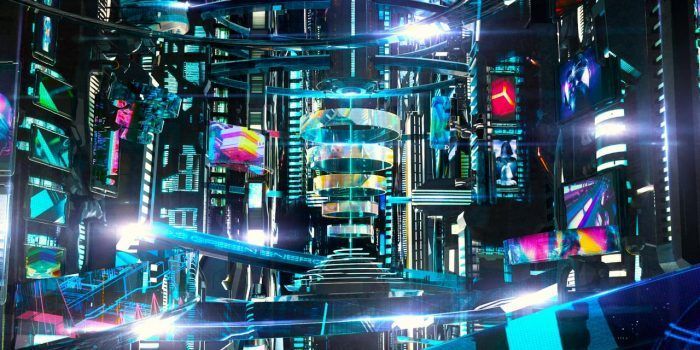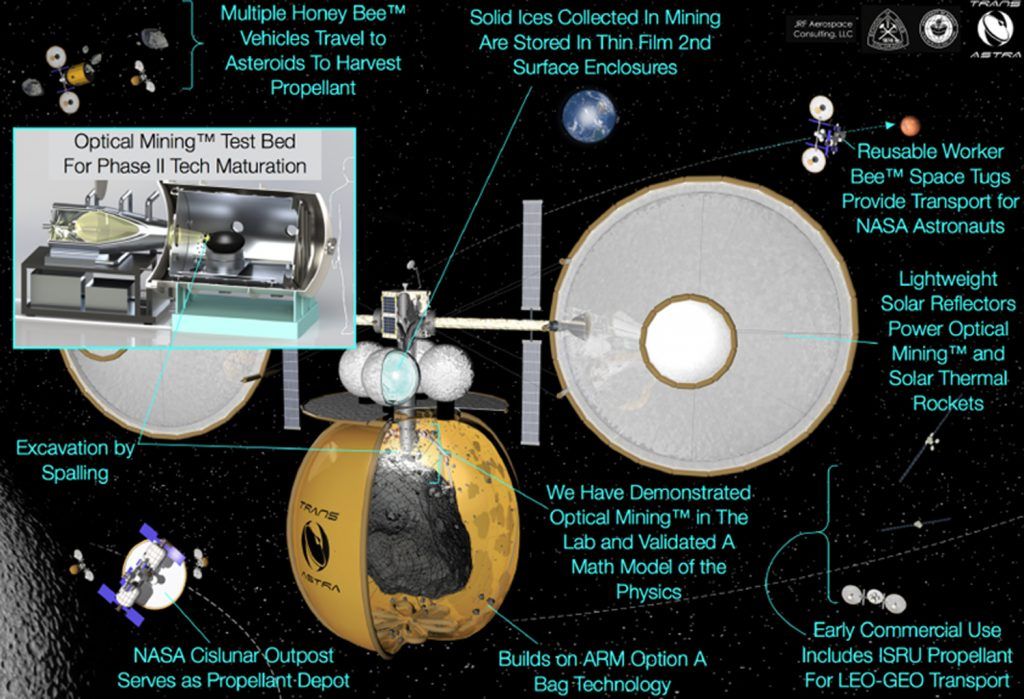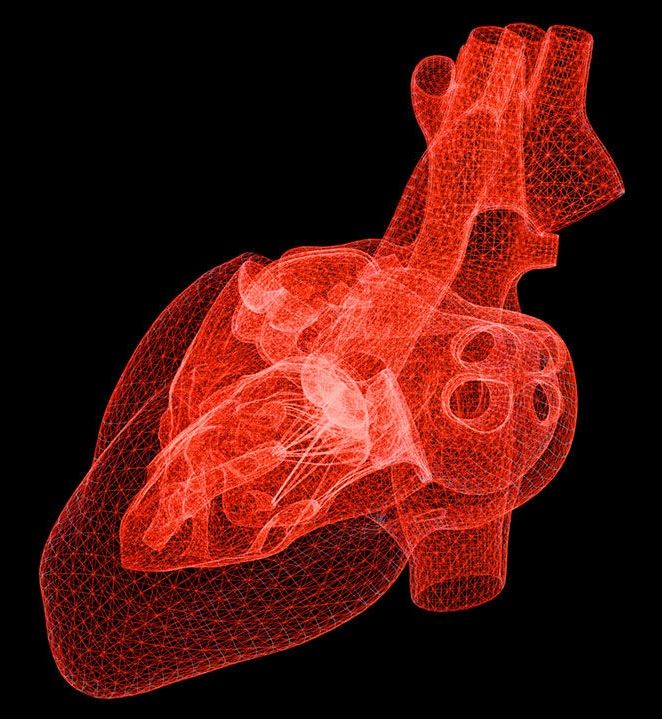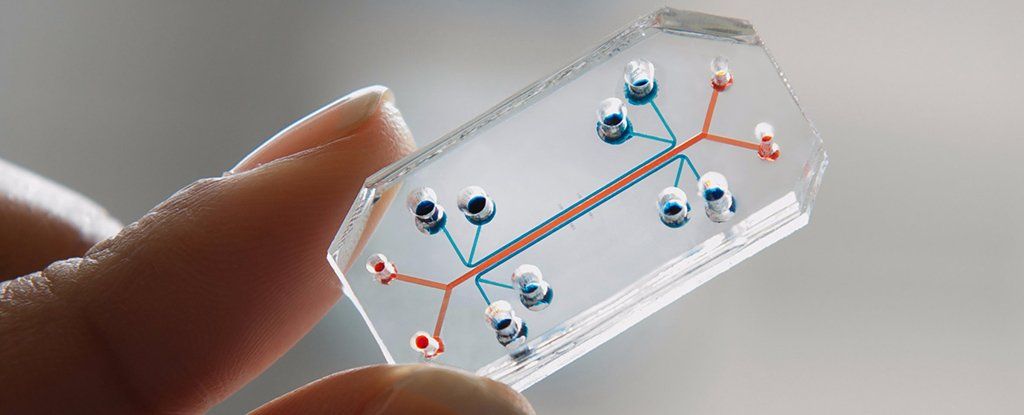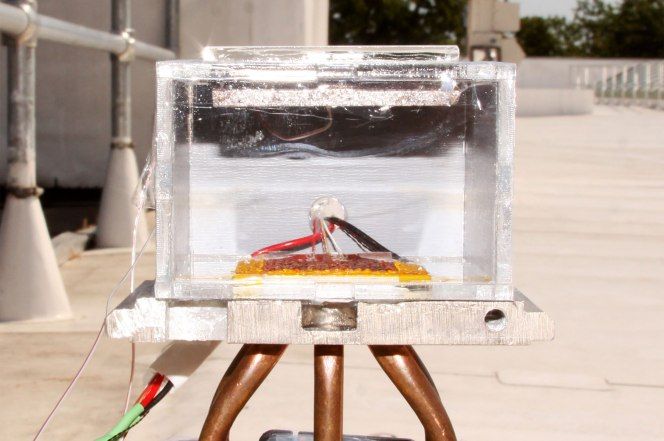Page 10395
Apr 15, 2017
Urban Tech Trends in 2017
Posted by Klaus Baldauf in categories: biotech/medical, health
A few weeks ago we unveiled the latest eight companies that are part of our URBAN-X smart cities accelerator in Brooklyn. This is the second time we’ve run this program, which differs a little from SOSV’s other ecosystem accelerators, in that the space isn’t constrained by the deep intricacies of a vertical (manufacturing, biotechnology, etc) as much as by environment and mission. The kind of companies we’re interested in working with through this program are changing the way that humans live in cities: they’re working on topics as various as mobility, urban health and safety, energy, waste, water, city planning, construction, and beyond.
We see hundreds of applicants to our program, and interface with hundreds more through our network, mentors, and co-investors. Here are some of the trends we’ve seen ticking up over the last 12 months or so:
Apr 15, 2017
Ray Kurzweil interviews the Father of Nanotechnology Eric Drexler
Posted by Simon Waslander in categories: computing, nanotechnology, Ray Kurzweil, solar power, sustainability
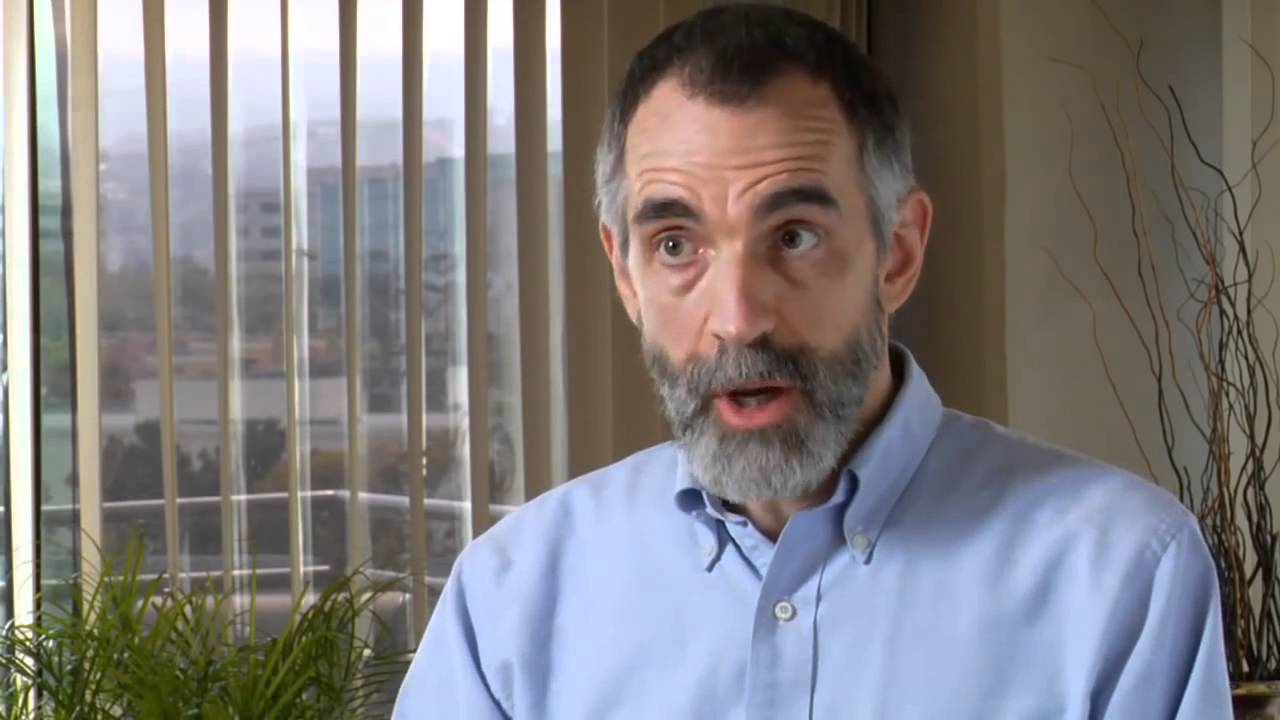
https://www.youtube.com/watch?v=gjIm9yIm0zo
Unimaginable Radical Abundance:
Yesterday I took the time to read chapter 11 of Eric Drexler’s book Radical Abundance as to get a glimpse of what might be possible with Atomically Precise Manufacturing (APM). I highly recommend the book.
Continue reading “Ray Kurzweil interviews the Father of Nanotechnology Eric Drexler” »
Apr 15, 2017
Affordable deep space missions using asteroids
Posted by Klaus Baldauf in categories: government, mathematics, physics, space
Phase 1 work demonstrated Optical Mining in the laboratory and performed mission and systems analysis of the application of Optical Mining to human exploration missions. Their mission analysis showed that the most accessible Near Earth Objects (NEOs) can be used to provide NASA with mission consumables for human exploration in deep space with the potential of saving up to $10 billion per year or $150 billion over the 15 year operational life cycle of a human exploration program. This savings alone would be enough to transform NASA’s vision of human exploration from being unaffordable to being affordable within budgets that Congress can approve. Phase 1 technical work included a full scale (8 kW) Optical Mining demonstration using a high fidelity CI-type asteroid simulant in vacuum using sunlight from a 10 meter diameter solar concentrator without mechanical contact or downforce. This work confirmed our physics based mathematical model of the excavation and volatile extraction process and scalability of results from 36 prior, small scale (≈ 1 cm diameter) demonstrations and tests.
Phase 2 work will complete mission and system analysis of the application of Optical Mining to an exciting program of human exploration and we will mature the technology of Optical Mining to the point at which NASA can baseline this approach for an affordable program of human exploration. Our mission studies will address the production via Optical Mining missions to extract and retrieve resources, consumable processing, storage, and application of consumables to human exploration mission in cislunar, NEO and Martian space. The mission studies will be tightly coupled with our laboratory work. Laboratory work will include the development and integration of a 30 kW Optical Mining test apparatus in our laboratory and integration with our high quality vacuum chamber for a test program involving Optical Mining.
Apr 15, 2017
Self-taught artificial intelligence beats doctors at predicting heart attacks
Posted by Simon Waslander in categories: biotech/medical, health, robotics/AI
Doctors have lots of tools for predicting a patient’s health. But—as even they will tell you—they’re no match for the complexity of the human body. Heart attacks in particular are hard to anticipate. Now, scientists have shown that computers capable of teaching themselves can perform even better than standard medical guidelines, significantly increasing prediction rates. If implemented, the new method could save thousands or even millions of lives a year.
“I can’t stress enough how important it is,” says Elsie Ross, a vascular surgeon at Stanford University in Palo Alto, California, who was not involved with the work, “and how much I really hope that doctors start to embrace the use of artificial intelligence to assist us in care of patients.”
Each year, nearly 20 million people die from the effects of cardiovascular disease, including heart attacks, strokes, blocked arteries, and other circulatory system malfunctions. In an effort to predict these cases, many doctors use guidelines similar to those of the American College of Cardiology/American Heart Association (ACC/AHA). Those are based on eight risk factors—including age, cholesterol level, and blood pressure—that physicians effectively add up.
Continue reading “Self-taught artificial intelligence beats doctors at predicting heart attacks” »
Apr 15, 2017
The Blockchain and Us | Manuel Stagers
Posted by Odette Bohr Dienel in category: bitcoin

“Economist and filmmaker Manuel Stagars portrays this exciting technology in interviews with software developers, cryptologists, researchers, entrepreneurs, consultants, VCs, authors, politicians, and futurists from the United States, Canada, Switzerland, the UK, and Australia.”
Tags: blockchain, cryptocurrency, meta_asset
Apr 15, 2017
All coins are created equal
Posted by Klaus Baldauf in categories: cryptocurrencies, encryption
Zcash is the first open, permissionless cryptocurrency that can fully protect the privacy of transactions using zero-knowledge cryptography. The Zcash client is now available for download as a command-line tool for Linux.
Get Started
Apr 15, 2017
Who wants to live forever? Transhumanism’s vision of the future for wealthy white males
Posted by Klaus Baldauf in categories: life extension, transhumanism
It’s tricky to bring transhumanism into sharp focus. As with, say, feminism, the meaning of the word varies hugely between individuals who identify with it, and the level of commitment may vary between an occasional affirmation or a crusading passion. Like feminism, transhumanism has many factions, often at war with one another, or with the broader culture; as with feminism, a lot of people identify as transhumanist without spending much time learning what those who coined the term were actually on about. Transhumanism broadly considers technology as an emancipatory route to individual and/or collective transcendence over the ‘limitations’ of the human condition.
Apr 15, 2017
The FDA Just Struck a Deal That Could Replace Animal Testing With a Tiny Chip
Posted by Nancie Hunter in categories: biotech/medical, computing
“A future without animal testing is getting closer. On Tuesday, the Food and Drug Administration agreed to a research-and-development collaboration with Emulate, a company that makes “organs-on-chips” technology.
The hope is that instead of testing new drugs or supplements on animals, researchers can use Emulate’s chips.
To start, the collaboration between the FDA and Emulate will focus on the company’s Liver-Chips, which are meant to show how an animal’s liver may react to a certain drug.
Continue reading “The FDA Just Struck a Deal That Could Replace Animal Testing With a Tiny Chip” »
Apr 15, 2017
Solar-powered device turns air into drinkable water
Posted by Simon Waslander in categories: space, sustainability
Scientists literally pulled this out of thin air.
Engineers at MIT and the University of California Berkeley have designed a system, powered by sunlight, that can turn air into liters of drinkable water.
This box has the potential to help drought-stricken communities, desert explorers or — someday — astronauts traveling to dry, dusty planets. The report was a href=” http://science.sciencemag.org/content/early/2017/04/12/science.aam8743” target=”_blank”
Continue reading “Solar-powered device turns air into drinkable water” »
